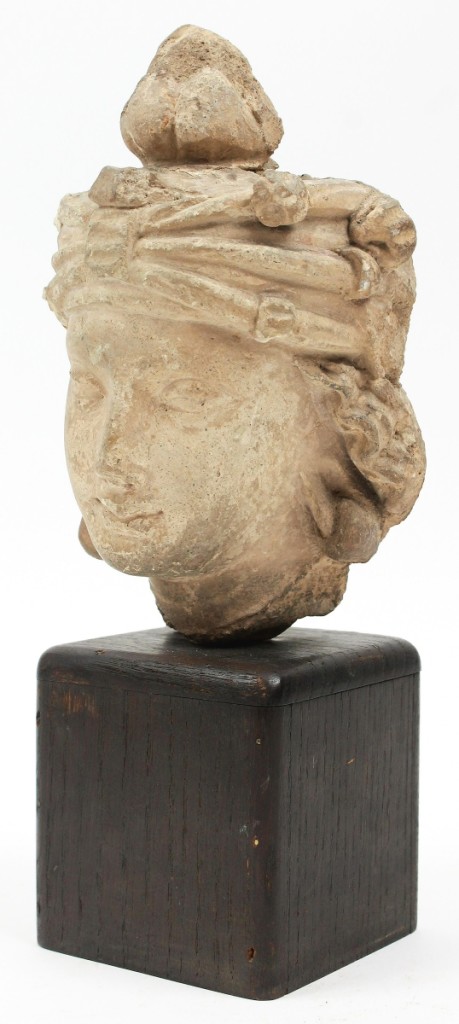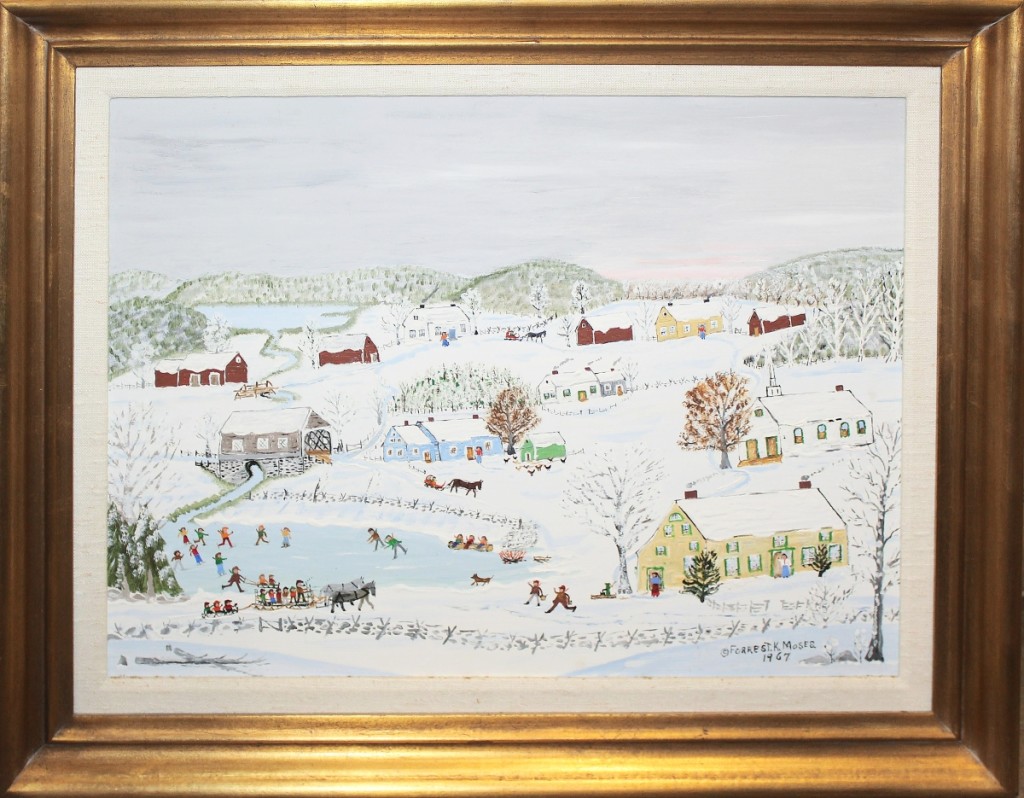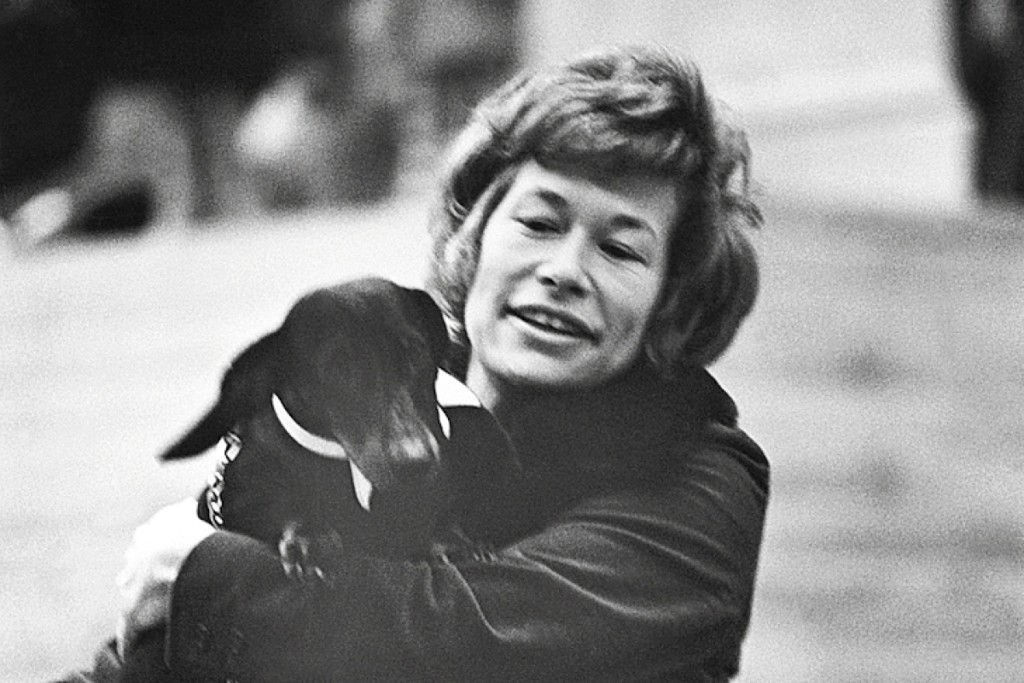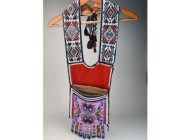Review by Rick Russack
WILLISTON, VT. – Iris Love (1933-2020) was a fascinating woman who rose to the top of whatever field she involved herself with. She was a celebrated archeologist, who in 1969 rediscovered the Temple of Aphrodite in Turkey. She continued to dig at the temple site in Turkey for 12 years and also participated in numerous archeological digs around the world, including Greece, and she worked in China at the behest of the Chinese government. In 1980, she was voted one of “the ten legendary women of the world.” Her activities, professional and social, were often covered in newspapers and magazines. Perhaps because of the publicity, some of her colleagues questioned her work; her obituary in The New York Times referred to her as “Indiana Jones in a miniskirt.” One archeologist at the time referred to her mostly female crew as “Amazons. Beautiful girls in bikinis.”
Aside from archeology, her passion was dog breeding and showing. When she retired from archeology, she bought a home in Lincoln, Vt., in the Green Mountains, devoting much of her time to breeding championship dachshunds. She rose to the top of the dog world as co-owner of a Pekingese that took best-in-show at the Westminster Kennel Club show in 2012 and another that also took best-in-show at Westminster in 2021. The Westminster show is the dog world’s equivalent of the Kentucky Derby, the Superbowl or the World Series. Reflecting the times in which we live, the 2021 win was controversial to some because of the breeding of Pekingese and the American Kennel Club’s breed standards, and that win became the subject of social media commentary.
Love thrived on media coverage and gossip, and her long-time partner was Liz Smith, gossip columnist for The New York Times. Andy Warhol mentioned her nine times in his diaries, and she was on the guest list, with Liz Smith, for nearly all the A-list social events around the world. Her Vermont home was furnished with, among many other things, artifacts from her archeological digs and a diverse collection of items relating to her dogs. Considering her level of expertise, (she had completed work for a PhD and taught at the college level), it’s probably reasonable to accept that the objects she chose to live with were authentic examples from the periods they were believed to be from.

Dating to the Second or Third Century, this Gandhara stucco head of a bodhisattva realized $2,070. It was from the Love collection and had been sold by Christie’s in 2004.
For example, at Merrill’s September 24 auction, there were numerous Tang dynasty terracotta tomb figures, circa 618 to 907 CE. Accurate dating of these figures is difficult, and the catalog clearly stated that these figures had not been tested with thermoluminescence. A two-humped camel with saddle bags, more than 14 inches tall with traces of old paint, sold for $863, a 13-inch horse with mounted rider and faded colors sold for a bit less, $805. Bringing the same price was a brightly colored figure of a horse, just under 12 inches tall, with a sancai glaze. There were several other examples.
Also from Love’s collection were several stucco heads. One, a Gandhara head of a bodhisattva, cataloged as dating to the Second-Third Century, brought $2,070, and the other, a Gandhara head of an attendant, brought $1,265. Both had been sold by Christie’s in 2004. The earliest heads in Love’s collection were three dating to the Han dynasty, 206 BCE to 220 CE. Each had been in the same Christie’s sale as the stucco examples. A delicately molded pottery head of an attendant with traces of red, black and white pigment sold for $489. The other two brought slightly less. Many of Love’s smaller pieces and shards were sold in lots.
The sale included more than archeological materials, including an exceptional collection of more than a dozen pre-Revolutionary War maps of New England and America, all of which were in fine condition, conserved when necessary and displayed in archival sleeves. Bringing the top price of the collection was Willem Blaeu’s 1635 map of North America and New England, Nova Belgica et Anglia Nova. It’s one of the earliest maps of New England and utilizes an unusual alignment, with the west at the top instead of the left. It realized $2,760. Selling for $1,725 was a hand colored 1757 map by Tobias Conrad Lotter after the Matthaus Seutter map of New England Recens Edita totius Novi Belgii. Bringing slightly less, $1,610, was Nicholas De Fer’s 1719 map of North America, Carte de la Nouvelle France, with two vignettes of Quebec. The same amount of money, $1,610, would have bought the hand colored 1631 Henricus Hondius map of North America, America Noviter Delineata.
Iris Love was a descendant of the Guggenheim family, and a large portrait of her great-grandfather, Isaac Guggenheim, done by Hungarian/American artist Louis (Lajos) Marks (1867-1942) sold for $633. Leading the fine arts in the sale was a signed charcoal portrait of an attractive young woman, Mrs Fitzpatrick, by Charles Dana Gibson (1867- 1944) which earned $4,600. Forrest Moses (1893-1974) was the son of Grandma Moses, and his style was influenced by her. A winter scene of his, depicting skaters on a pond, horse-drawn sleighs, buildings and more earned $3,450.
Merrill’s often sells artworks by Vermont artists, and this sale included a tempura of the Vermont state house by Carroll N. Jones Jr (1917-2009). It sold for $3,738. Three equestrian bronzes by contemporary Vermont artist Frank Califano were offered. Eliciting the most interest from bidders was a pair of fanciful prancing horses, 15 inches tall, which went out for $690.

Painted in the style of Grandma Moses by her son Forrest, an oil on board depicting a winter scene sold for $3,450.
A number of items in the sale were being sold to benefit the Brattleboro Area Hospice. Not usually a fixture of auctions of antiques were three vacation getaways. A stay at a seven-bedroom, three-story beach-front home in Emerald Isle, N.C., earned $4,600 for the hospice. A seven-night stay for four people in a large villa in the town of Manciano, Italy, not far from Rome, brought only $1,115. For a different type of traveler, a five-day getaway in a rustic Vermont cabin on a road requiring a four-wheel drive vehicle, sans electricity, apparently was not what Merrill’s clientele were looking for, as it brought just $173.
Merrill’s is a family business, started in the 1930s by Duane Merrill’s parents, who were dealers and founded the Vermont Antique Dealers Association. His father, Nathan, was also an auctioneer, although he only conducted one auction. Duane started selling in 1967, and his son Ethan now runs the business. There were about 40-50 people in the gallery, and bidding was available on two internet platforms as well as by phone, and absentee bids were handled smoothly. A few days after the sale, Ethan Merrill said that this was part one of the Iris Love collection, and that more would be coming. He thought it had gone well. “We weren’t expecting any blockbuster numbers. We had a lot of interesting and unusual items, and our consignors were pleased. And there were some good buys. That’s the way it should be.”
Prices given include the buyer’s premium as stated by the auction house. For more information, www.merrillsauction.com or 802-878-2625.




























